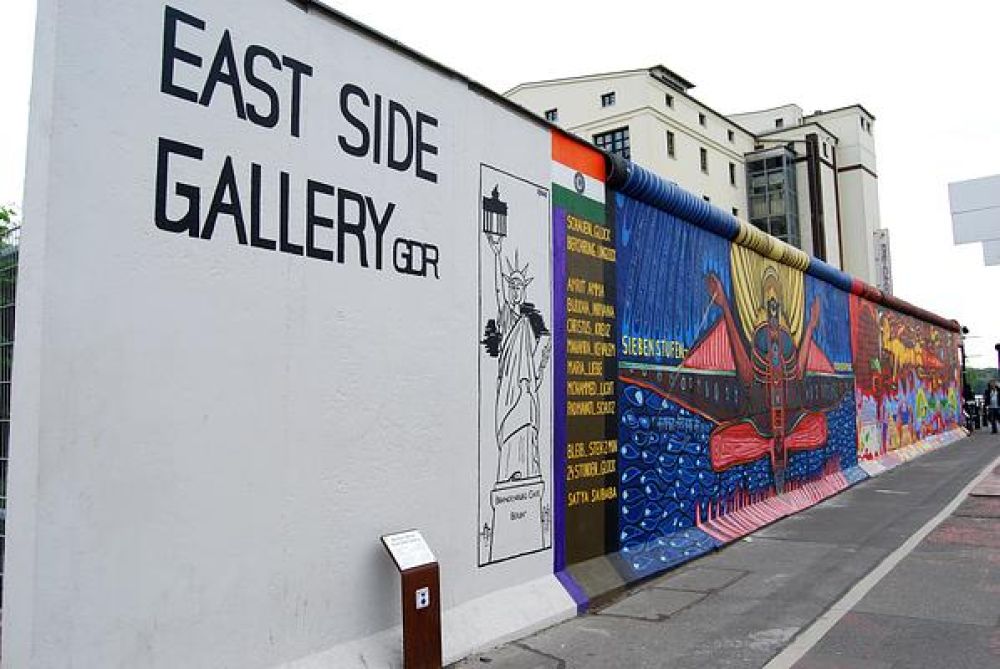

Berlin, a city with a tumultuous history, has become a prime location for historical tourism. Among its many attractions, the Berlin Wall Memorial and the East Side Gallery stand out as poignant reminders of the city's divided past.
Before its fall in 1989, the Berlin Wall was a powerful symbol of the Cold War, separating the communist East from the capitalist West. Erected in 1961, the Wall cut through the heart of Berlin, splitting families and communities for almost three decades.
Following the peaceful revolution and the subsequent fall of the Wall, Berlin rapidly transformed itself. Rather than erasing all traces of its division, the city chose to preserve and incorporate elements of its past, fostering what has now become a vibrant culture of remembrance tourism.
The Berlin Wall Memorial, located on Bernauer Strasse, formally opened in 1998 as a central place of German division remembrance. Spanning a 1.4 kilometer stretch of the former border strip, it showcases remaining segments of the Wall, an exhibition center, and the Chapel of Reconciliation.
The East Side Gallery, established in 1990, is a 1.3-kilometer-long section of the Berlin Wall located near the center of Berlin. Artists from around the world were invited to paint a segment, turning it into an open-air gallery. It has since become a symbol of freedom and one of the largest permanent open-air galleries in the world.
Interactive Technology: In recent years, tourism at these sites has taken advantage of advancements in interactive technology. Augmented reality apps and virtual tours now provide immersive experiences, allowing visitors to visualize the Wall’s history in situ. Visitors can see historical footage and photographs overlaid onto present-day scenes, providing a powerful before-and-after perspective.
Authentic Experiences: Tourists are increasingly seeking authentic experiences, and the Berlin Wall Memorial and East Side Gallery offer just that. Walking tours, led by contemporary witnesses and historians, provide firsthand accounts of life in a divided Berlin, enhancing visitors' understanding of the emotional and sociopolitical implications of the Wall.
Sustainable Tourism: Sustainable tourism is another emerging trend, with initiatives to preserve the integrity of historical sites while accommodating visitors. Efforts are being made to manage tourist foot traffic, provide educational information responsively, and support the local economy without compromising the sites’ authenticity.
The Berlin Wall Memorial and the East Side Gallery have played a significant role in shaping Berlin's identity as a city. These sites not only attract millions of tourists each year but also serve as poignant reminders of the city's resilience and transformation. They symbolize the triumph of freedom over division and contribute to the broader narrative of Berlin as a vibrant, historical, and evolving metropolis.
Berlin's commitment to preserving and educating about its history ensures that the story of the Berlin Wall continues to influence not only the atmosphere of the city but also the global understanding of 20th-century history.
Future Outlook: As Berlin continues to evolve, so does its approach to historical tourism. Embracing new technologies and trends while preserving the authenticity of its past, the city remains at the forefront of offering meaningful experiences that not only reflect on history but also inspire a hopeful vision for the future.